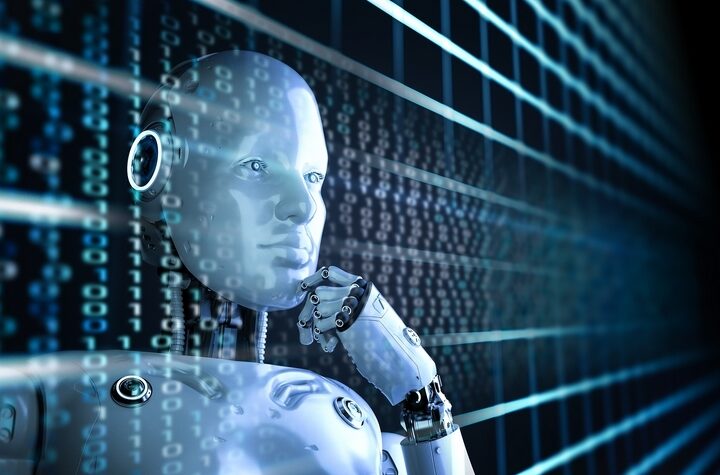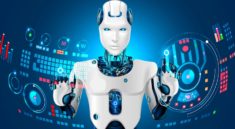Instability in law enforcement and public safety has been a significant global challenge. With the growth of Artificial Intelligence, a batch of new technologies promises to protect humans better from tragic crimes.
Professionals believe that Artificial Intelligence-driven technologies can help minimize crimes in different cities by up to 40%, cutting the emergency service response rates.
Below is a deep dive into how AI is used in law enforcement and public safety.
1. Weapon Detection

Weapon detection is an AI-driven technology that uses top-performance object detection mechanisms through deep neural networks. Weapon detection technology mainly detects knives and other sharp objects in video surveillance footage.
Also, it can detect automatic firearms and guns through deep learning models and weapon identification and classification to assist in further investigation by security officers.
Weapon detection is also designed to disclose an actual alarm activation and details about the weapon’s location. Automated weapon detection responds faster and offers more consistent results. With that, public safety is increased to more favourable levels.
2. Robotic Police Work
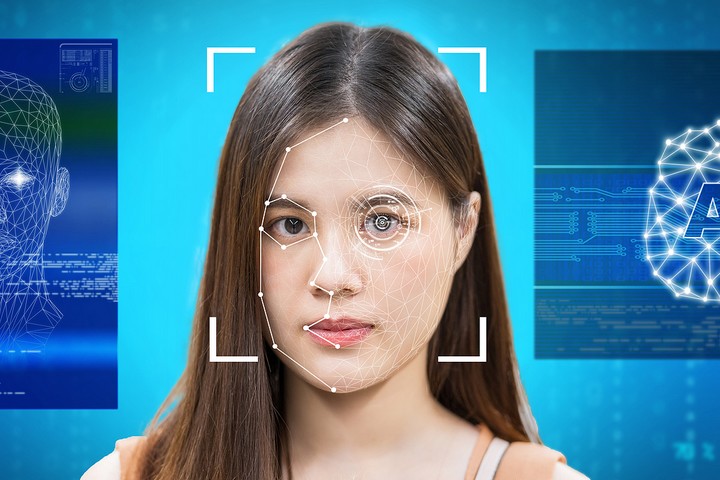
Like other ordinary robots, police robots are designed to undertake the duties and responsibilities of a typical security officer, leaving them to attend to more crucial matters. The only key difference between the two approaches is that police robots undertake what they have been instructed to, while human police offers can adjust their knowledge to fit different situations.
Some tasks bestowed upon police robots include controlling traffic, detonating bombs, conducting facial recognition on criminals, and more. The first police robot technology was employed in Dubai in 2017, dubbed ‘Robocop.’
3. Facial Recognition
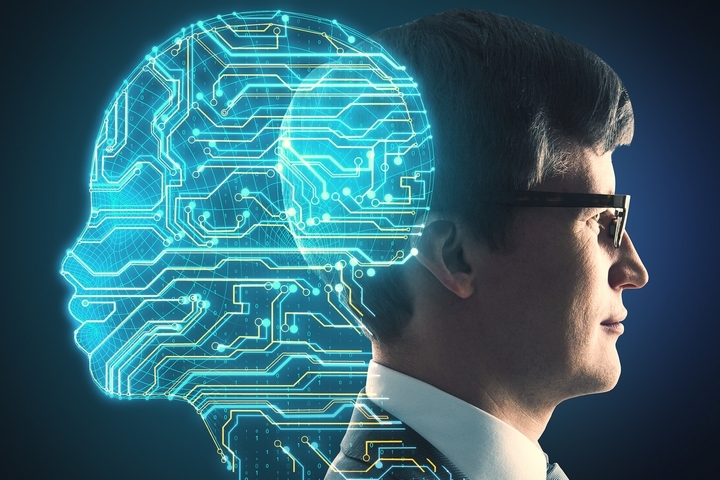
Facial recognition is among the most popularly deployed AI-driven law enforcement and public safety technologies. The technology uses high-quality software programs to identify individuals in different circumstances.
Since criminals started using counterfeit face ID cards, police officers saw the need to shift from manual identification to facial recognition. Details obtained from facial recognition are more accurate, helping police officers tackle security issues quicker and more effectively.
4. DNA Analysis
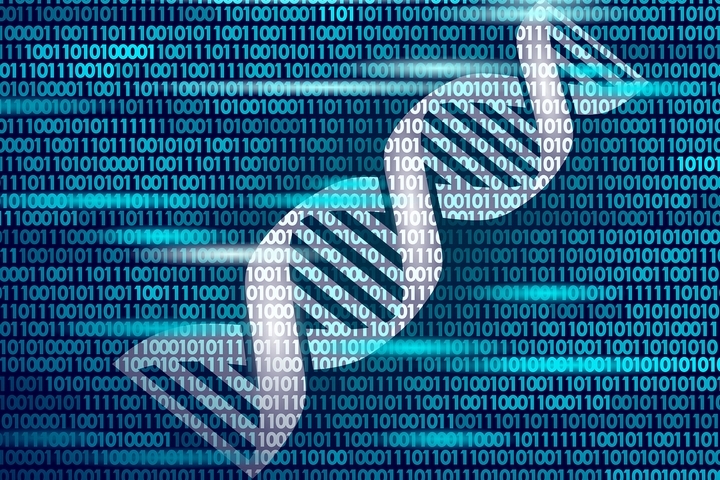
Another manner that Artificial Intelligence is used in law enforcement and public safety is through DNA analysis. The development facilitates quicker evidence processing through a scientific procedure that provides 99.99% results.
Biological substances such as skin cells, semen, saliva, and blood can be transferred from people to the surfaces of a crime scene. DNA analysis offers more comprehensive data regarding a crime than human eyes would.
5. Gunshot Detection

Artificial Intelligence also helps law enforcement and public safety units to determine the pattern signatures in a gunshot. A study has already been conducted to analyze how gunshots (live or recorded) sound, determining the type of gun used and the intensity of the shots.
Experts are developing software programs that detect real-time gunshot timings and the number of guns at a crime scene and classify firearms into their respective classes. All this has been and continues to become possible with the power of AI.
6. Automatic Sharing of Information Between Police Officers
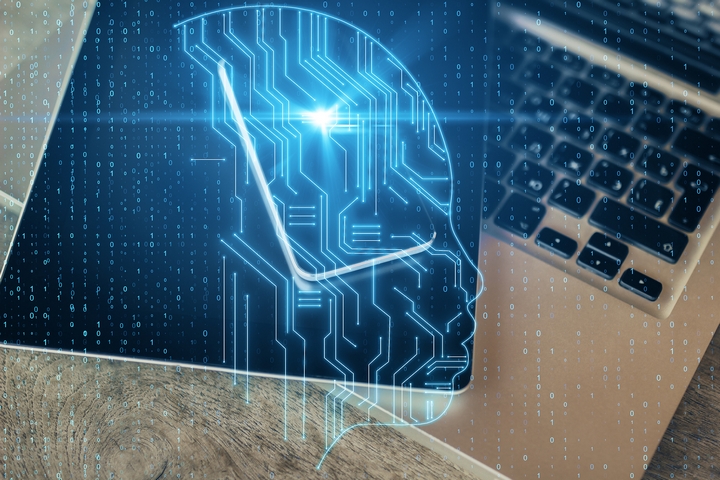
Information sharing is a fundamental part of law enforcement and public safety. You can imagine how challenging security operations were to coordinate investigations between different locations and departments when AI hadn’t been awakened.
No need to imagine any longer as the technology is already here with us, helping police share information amongst themselves and with their superiors. That way, security details reach their intended destination faster and more accurately, facilitating the administration of justice more effectively.
7. Drone Technology
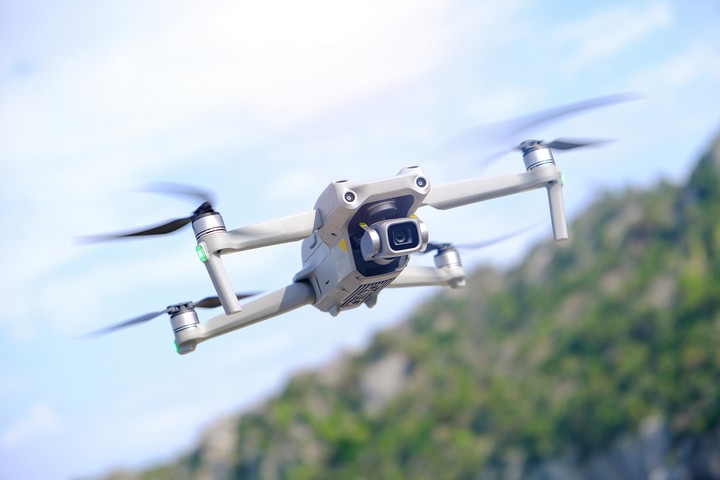
You cannot talk about Artificial Intelligence in law enforcement and public safety without touching on the power of drones. Thanks to their flexibility, drones can offer critical monitoring and inspection to remote areas that human police couldn’t access due to complexity, reducing the risks of accidents.
The gadget is paired with various cameras, flown over a particular area, and controlled by a remote to perform different tasks. Their lightweight feature increases mobility and prevents them from falling.
Benefits of AI in Law Enforcement and Public Safety

We cannot help but boast of how beneficial AI has been to law enforcement and public safety. Besides facilitating quicker crime evaluation proceedings, outcomes acquired from AI-powered technologies are more accurate, sometimes, than human efforts.
From the traditional procedure, Artificial Intelligence can also change how to prevent, investigate, and handle crimes. It’s also a great cost saver thanks to the automation of specific tasks, increasing the efficiency of law and safety firms.
With AI, court and investigation proceedings have become less stressful to legal professionals who were previously compelled to handle various clients manually. Law enforcers and safety advocates can now confidently work from home by reinforcing AI-powered software programs and other developments.
Drawbacks of AI in Law Enforcement and Public Safety
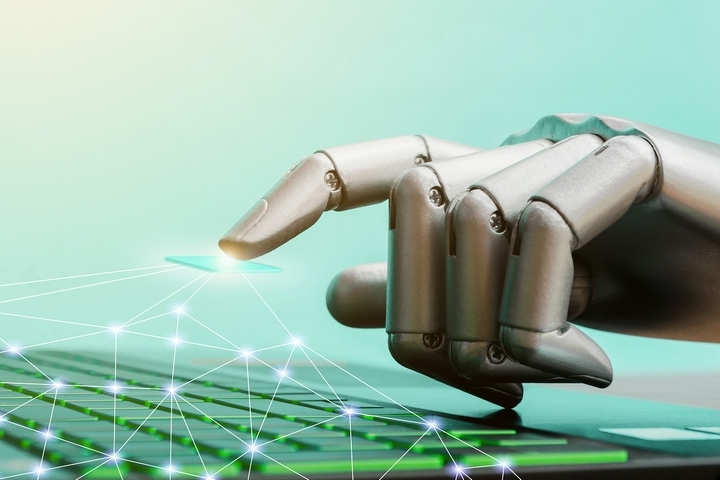
“To every advantage, there is a corresponding disadvantage.” AI in law enforcement and public safety has contributed to the unemployment of many security professionals, especially fresh graduates.
In addition, only financially stable law firms can afford to adopt AI in their daily activities, posing a challenge to the upcoming ones. Being human inventions, the machines aren’t 100% correct, which might result in false accusations and judgment.
As the level of crime continues to heighten, the application of Artificial Intelligence in law enforcement and public safety is of significant benefit. However, it’s essential to ensure you work under a stable and high-quality structure to avoid violating human rights, among other drawbacks. The future seems bright if we blend technology and trust.

